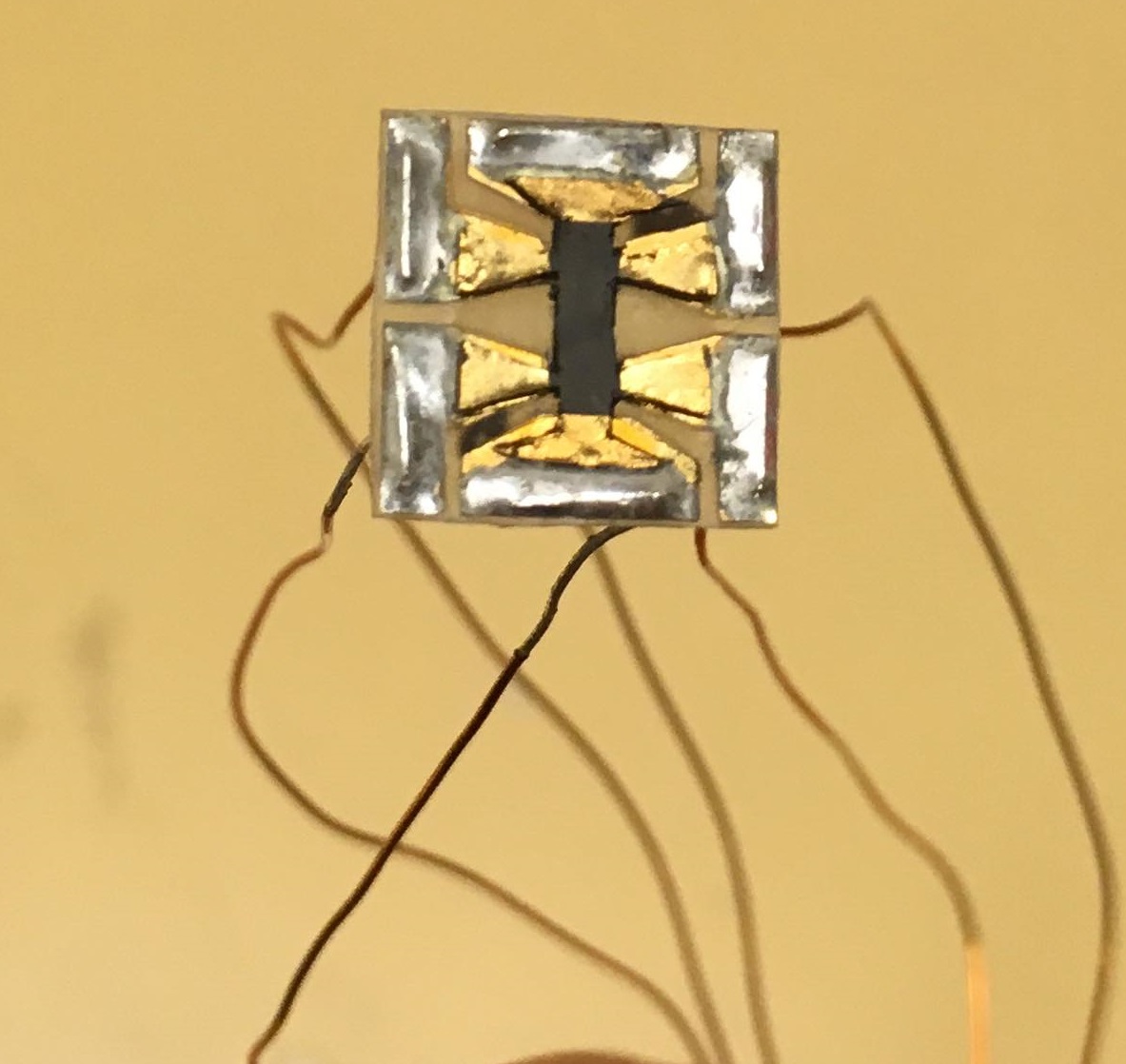
I pursued PhD studies with this project out of interest in developing my experience in multidisciplinary research involving nanotechnology. Deterioration in infrastructures, combined with limitations in visual inspection, calls for new ways of monitoring the health of buildings and vessels. Here we evaluate an alternative to traditional strain sensors which relies on piezoresistive films to map strain on the millimetre scale within concrete. We used graphite-polydimethylsiloxane composites to achieve high strain sensitivity and scalable devices while comparable strain sensors conventionally used to warn of structural weaknesses are large and costly. Our sensors were embedded in cementitious materials and their ability to sense early-stage changes in strain attributed to microcracking was evaluated. The simple sensor design and manufacturing process make our sensors industrially scalable and economical. The very high strain sensitivity of the composite was observed and attributed to quantum tunnelling within its percolation network. The piezoresistive response of our sensors could be calibrated using a universal analytical formula depending on three material parameters; the potential barrier height, creep time and residual creep factor. Preliminary experiments indicate an optimized sensitivity for the composite strain sensors for loading frequencies of up to 1 Hz, and thus approaching bridges fundamental frequencies. Cylindrical smart aggregates 25 mm in diameter and 15 mm in height consisting of composite strain sensors embedded in rapid setting cementitious materials and epoxy that provide good compatibility with concrete have been fabricated and evaluated in the laboratory. Flexible graphene naphthalene diimide graphene multilayer strain sensors will also be fabricated and their response to strain investigated. This will represent the first study of the electromechanical properties of a tunnelling device.